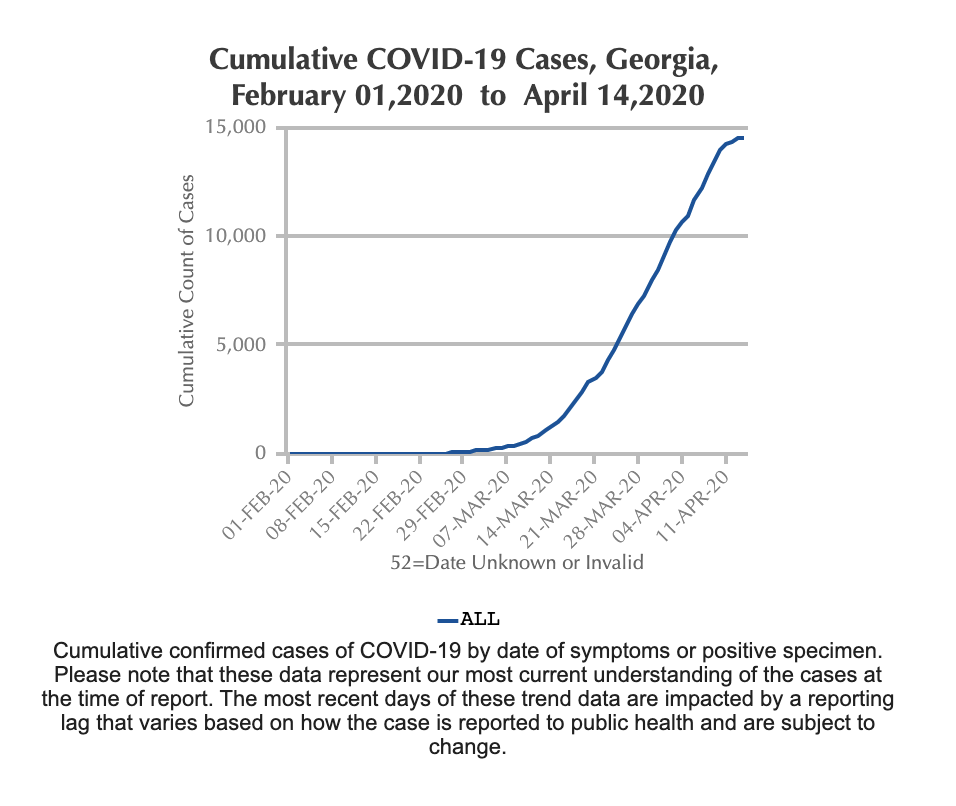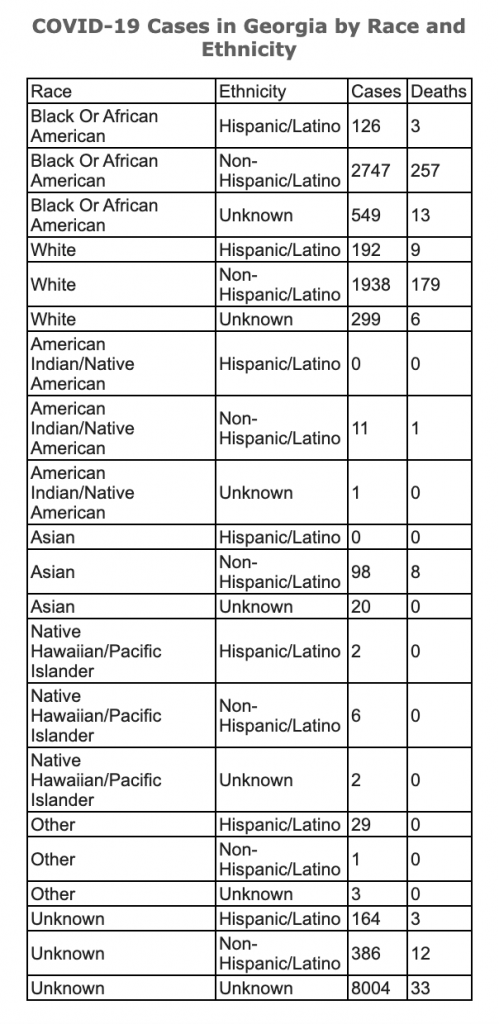“The first thing we’ve been active in is trying to get testing as widespread as we can,” said Stephen Goggans, district health director of the East Central Public Health District.
Why It’s Newsworthy: The Georgia Department of Public Health is working to increase testing across the state, more effectively collect data on COVID-19 by race and assign positive cases to their respective counties, a DPH official told the Athens-Clarke County Mayor and Commission in a meeting on Tuesday.
The DPH is beginning to loosen the criteria for testing to allow people who have symptoms but are not in a high-risk group to be tested. Goggans said there’s a main testing site in Clarke County and now a second in Barrow County, which will be moved to hot spots as they appear. The drive-thru testing site in Athens is at 220 Research Drive.
Athens-Clarke Commissioner Tim Denson questioned why the ratio of positive tests to total tests has remained high and how that affects “flattening the curve” in Georgia.
“Because of the shortages of swabs and other resources that limited the availability of testing, we had criteria for folks who we were going to test so that we got the most effect out of the number of tests that we could do during that time,” Goggans said. “We have tested the folks who we thought were at highest risk of having the disease, so that does throw off the ratio entirely.”
Access to swabs, the number of labs that can run samples and the number of samples that can be tested at one time are improving, and therefore a broader range of people are now being tested, according to Goggans.
The Georgia Department of Public Health’s Daily Status Report from April 14 shows a spike in COVID-19 cases in early March that has “been heading steadily up since that time,” said Goggans.

Commissioner Denson, alongside Commissioner Thornton, also questioned how the virus was disproportionately impacting people of color and how the DPH is collecting data on race.
In Georgia, there are 2,747 cases among African Americans who make up 32.4 percent of Georgians, compared to 1,938 cases among Whites who make up 52.4 percent.
The DPH released a chart in the Daily Status Report that includes COVID-19 cases by race and ethnicity. Non-Hispanic/Latino African Americans have the most cases and deaths in Georgia at 2,747 and 257. Hispanic/Latino Native Americans and Asians have no reported cases or deaths.

“Obviously this is something that’s really important and we want to produce as much accurate data as we can,” said Goggans. “One of the things we’ve seen is that the data systems that we have are not capturing that effectively.”
Race is an element that has always been on the data collection forms, but it’s not always filled out in every record.
The DPH receives reports from ordering clinicians, lab companies and a variety of new testing locations, and those reports “may not have everything you would hope,” said Goggans.
Goggans said race is now a required field on the forms to make it more successful.
“What we’ve tried to do is improve the data collection steadily, and I think we have done that,” said Goggans. “I believe that the data going forward will be better than any data we had before, and that’s really been our very vigorous focus.”
The list of elements collected by the DPH for data is long, according to Goggans. Demographics and epidemiological elements, such as exposure and symptoms, are collected, but socioeconomic data is not typically collected for any reportable illness.
“You can make estimates of socioeconomic status from some of the data that you do have, but we don’t typically ask someone about income when they have a reportable illness,” said Goggans. “That’s just not something that’s usually collected.”
Commissioners Wright, Edwards and NeSmith showed concern for the large number of positive cases and deaths that have no county assigned to them, including those in nursing homes and long-term care facilities, specifically the PruittHealth Grandview Nursing and Rehabilitation Center in Athens that reported 10 deaths in a matter of weeks.
NeSmith recalls hearing that the deaths were reported to their official county of residence rather than Clarke County, where the center is located.
Deaths in care facilities should be reported to the county in which the facility resides. Sometimes they’re reported to a previous address in a different county, but that is corrected when the DPH investigates the death, according to Goggans.
However, if someone dies in a hospital, their death is reported to their county of residence, even if the hospital is located in a different county.
“The 10 deaths is really eroding credibility all around,” said NeSmith. “We need to get those numbers straightened out because right now the Clarke County numbers are not credible to the public.”
Goggans said that the Georgia Department of Public Health is already looking into the 10 fatalities and correcting information on county of residence.
Margaret Pfohl is a senior majoring in journalism and international affairs at the Grady College of Journalism and Mass Communication and the School of Public and International Affairs.









Show Comments (0)